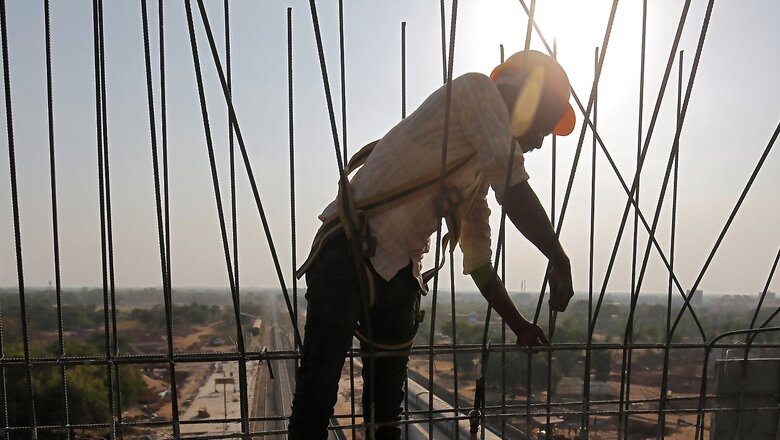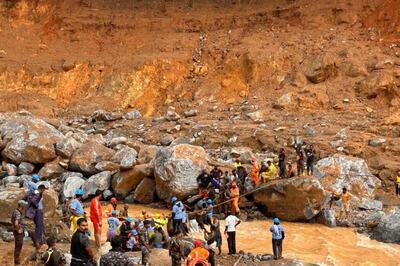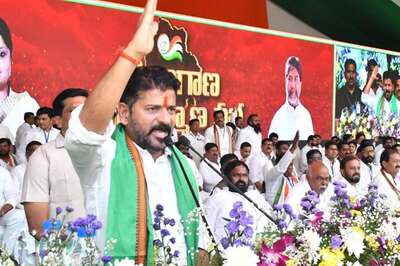
views
Our understanding of events refines with time. New developments reframe the issues, and prompt reassessment of the solutions applied, their design and outcomes. What does looking back on the 1991 reforms in 2021 tell us?
For three decades, India celebrated and criticised the 1991 reforms. The reformers of 1991 say that the idea wasn’t only to tide over a Balance of Payments (BOP) crisis; the changes they brought in went beyond the International Monetary Fund’s (IMF) conditionalities for the bailout. The reforms, they insist, were ‘home-grown’. In the years leading up to 1991, technocrats in government had been thinking and writing about how India’s economic policies had been blocking the country’s rise to potential and the structural changes needed. If the broad range of reforms—including tearing down the industrial license permit raj, an exchange rate correction, and liberalising foreign direct investment and trade policies—could be launched within a matter of days of a new government joining office, they argue, it is because the blueprints were ready, waiting for the go-ahead from the political leadership.
At least two well-regarded technocrats that were important in the 1991 reforms disagree—publicly and in off-the-record conversations. In a media interview last month, one of them, the economic adviser in the reforms team, Dr Ashok Desai, suggested that if there were any reformers in government before the IMF “forced” India to liberalise in 1991, “they hid themselves very well”. According to him, after the BOP crisis was resolved, finance minister Dr Manmohan Singh turned “dead against reforms”.
The multiple versions of the reforms story make it difficult to separate fact from romance. It cannot be disputed, though, that the 1991 BOP crisis was a turning point for the economy. India had tided over BOP crises earlier with loans from the IMF, repaid them prematurely, and avoided going through with the bailout’s conditionalities. 1991 was singularly different because India was on the brink of default, which is likely to have forced politicians to set politics aside and listen to technocrats. Any default on external obligations would have meant hurting India’s credibility grievously and an inescapable sense of national shame. The government probably took the view that there was no choice other than to take corrective steps.
Prime Minister P.V. Narasimha Rao named Dr Manmohan Singh, who had been a technocrat in government and was well regarded in global policy circles, as his finance minister. Dr Singh clearly had the Prime Minister’s, his party’s and the IMF’s trust. Records irrefutably show that the Congress party’s acceptance of the reversals in the interventionist economic policies of the first four post-Independence decades was not secured by the Prime Minister. He had delegated the task of tackling doubts and resistance within the party to his ministers, in particular, the finance minister and the commerce minister, and an aide in his office. The finance minister defended the reforms on the floor of the house in Parliament.
The government’s decisions went beyond repairing the BOP and transformed India. Gradually, it came to suspect private business a little less and opened to foreign investors. The country acquired a taste for market; the ghost of the East India Company was buried finally. The corporate order was recast. Old-money promoters lost to professional upstarts and had to bow out. A large number of Indians exited poverty. Lives changed measurably. Although not all lives changed equally. These feats are unparalleled in India’s history and would not have been possible without the changes introduced in 1991—something even the economists with non-romantic, balanced views don’t deny.
Crisis over, the reforms faltered and ceased within three years. Some of the subsequent governments reformed the economy incrementally, some more deeply. The reformers had to take the rap for electoral setbacks—the Congress party blamed economic reforms for its defeats in the state elections in 1995 and the national elections in 1996. Again, in 2004, the coalition led by the BJP suffered a defeat in parliamentary elections in what was seen as a repudiation of Prime Minister Atal Bihari Vajpayee’s agenda of privatisation and other economic reforms. The Congress emerged as the single largest party. But the reformers took heart from the fact that the thinking guiding the reforms was not abandoned, even if the pace of change remained patchy and disappointing. Although the reforms momentum lost speed, successive governments continued with the direction until recently.
Post COVID-19 Reality
In the wake of the COVID-19 pandemic came the realisation that this putative consensus on the direction of economic reforms has withered. Resistance and arguments to reforms now come from all political parties. Chaos had started unfolding in economic policy much earlier, but 2020-21 will go down as the year of reversals of long-standing reforms and the return of the bad ideas. India is back to the old habits of printing money to finance the fiscal deficit, hiking tariffs for protecting uncompetitive industry, suspecting trade liberalisation and diluting the bankruptcy code.
Bureaucrats and ministers have regained the power to pick sectors for giving fiscal incentives to in the name of encouraging investments. Inspector Raj is set to make a comeback through the policy for e-commerce entities. Faith in markets has weakened. State governments are passing laws for reserving not only government but also private jobs for candidates from within the states. The grit and confidence of having secured political consensus for reforms is now replaced by hyperbole, hollow bravado and sloganeering.
The politicians are overreacting. But the pandemic forces us to revisit the fundamental question: Just how successful have the 1991 reforms been? The pandemic, in fact, adds weight to criticism that the economic model is not delivering for all Indians and crony capitalism is growing.
The reforms are credited and applauded for the high economic growth seen from 1991 to 2011 and substantial reduction of poverty from 2005 to 2015. But even in the high-growth years, the Indian economy was failing to generate sustainable livelihoods for the masses, rendering a large proportion of India’s workforce economically fragile. The critics called it ‘jobless growth’. The India growth story was in pieces well before the coronavirus struck. The gains against poverty also proved destructible in 2021. Under the impact of the pandemic’s health and economic shocks, the victory against poverty could not sustain and reversed.
The migrant labour crisis has laid bare the gaps in the growth model. Even before the outbreak, informal sector workers were just about getting by. By bringing them on to the roads, the coronavirus has blown the lid off this failure by bringing it out in the open. The imbalance of power between employers and employees has systematically devalued the workforce over decades. There’s almost no bargaining power for labour. If such a large section of the population does not earn well, it cannot spend well. It is hard to imagine India as an economic superpower when a majority of the Indian workforce is in such a deplorable condition. The gains of the 1991 reforms have disproportionately benefited the formal and government employees, especially after the implementation of the Sixth Pay Commission award, where they have seen tremendous improvement in their packages.
The reformers of 1991 argue that if the reforms have produced mixed results, it’s because they remain half-baked and incomplete. India is still only at the bottom of the middle-income category, with a long way to go, they caution. The critics say that the thinking behind the reforms was flawed. India is not an isolated case of upended policy frameworks. The global consensus in the 1990s was that globalisation and well-regulated and well-functioning markets would take care of growth. Economists around the world were advocating to politicians the virtues of benign inflation and sustainable public debts.
It’s not clear if that global consensus still holds good in 2021. If the global financial crisis in 2007-08 delivered the first blow, the pandemic has shaken that worldview to the core. Public debt is expanding. As are fiscal excesses. The Big State is making a reappearance. The pandemic has reset the reforms debate. The quibbles over apportioning credit and blame for the success and failures of 1991 are no longer relevant. The intellectual and political consensus that guided India’s economic policy for three decades no longer holds. There’s need to figure out how it is to be revived and what that new economic thinking will be.
This article was first published on ORF.
Read all the Latest News, Breaking News and Coronavirus News here.




















Comments
0 comment